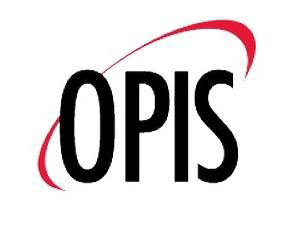How It Works
When you purchase fuel at a CFN cardlock, you’re purchasing fuel at a wholesale price. Meaning that the price you pay is the price that is, on average, equal to the price of fuel as it is sold at the rack. In other words, buying fuel at a cardlock is a lot like buying something at Costco. You’re probably wondering though, what then is the wholesale price? And that’s a great question, so in what is to follow we’ll be exploring wholesale fuel pricing and the benefits it has to offer.

The first thing you need to know about CFN cardlock pricing, is that every price is set remotely by a third party organization called OPIS. To set this price, referred to as the OPIS average price, OPIS takes an average of every price at the racks in a given area and then sends that information to subscribing cardlocks located in the same area each and every single day.
Why It’s Better Than Retail
As previously explained, CFN cardlock pricing is based on the OPIS average price that is reset daily. So when the price of fuel at the rack increases so too does the price at a cardlock (and at the same rate), and the same also goes for the opposite. However this is not the case at a retail station. Because even though the price at a retail station will rise with the wholesale price, once that price falls, the retail price will trickle down slowly after it. Making, for a time, the retail price a lot more expensive than the wholesale one.
Along the same lines, since OPIS takes an average price from every rack in a given area, and CFN cardlocks sell fuel based on the OPIS average price then you bet that every cardlock in a given area is selling fuel at the same price.Which is really significant, because your drivers can fill up at any cardlock in a certain radius and pay the same amount as another driver at a different station within that same radius. Something which simply isn’t possible with retail stations, because their prices are set individually and apart from a common standard.
How Can I Know For Sure?

As partially described earlier, fuel prices, whether it be retail or cardlock, rise and fall with the rack price. The only difference is that cardlock prices are tethered to rack prices, while retail prices aren’t. With that said, there’s a chance that on a given day that retail prices in a certain area would be more cost effective than at a cardlock. But how would you know? By logging on to AAA Gas Prices you can find an area’s average retail fuel price for the given day, the day before, last month and last year. Which, when compared to the same data OPIS provides for cardlocks you should be able to get a good idea of which option is more cost effective at that given moment. However, it is most likely that cardlocks will prove more cost effective each and every time.
